The Luna-25 space station collided with the Moon on August 19, 2023, and “ceased to exist”. This news sounds very funny on its own. However, the history of the development of this spacecraft can cheer up no worse, because it shows that Russia has inherited all the worst from Soviet space.
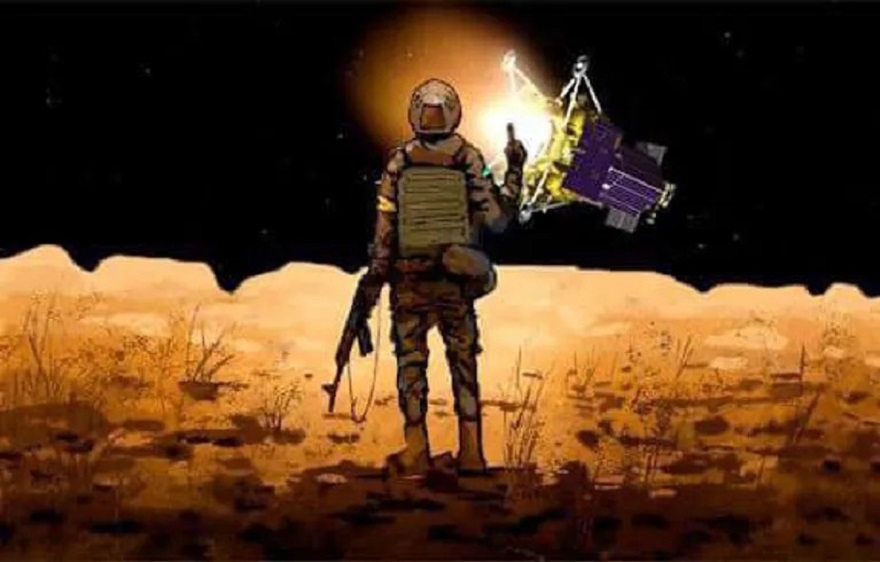
Luna Program
The news that the Russian automatic station Luna-25, which launch Kremlin propagandists were so happy about, “ceased to exist” as a result of a collision with the Moon stirred up the networks. Someone posts funny memes about it, someone is looking for excuses or some explanation of this situation. However, the path of this spacecraft before the accident deserves considerable attention, since it reflects everything that has happened to the Russian space program over the past few decades.
On its own, the name “Luna-25” is a landmark. It should show everyone that this spacecraft is a continuation of the glorious Soviet program “Luna”. However, it does not begin quite as heroically as it is customary to say. The fact is that the first spacecraft of the series, Luna-1, was supposed to simply crash into the surface of the Moon in approximately the same way that Luna-25 did.
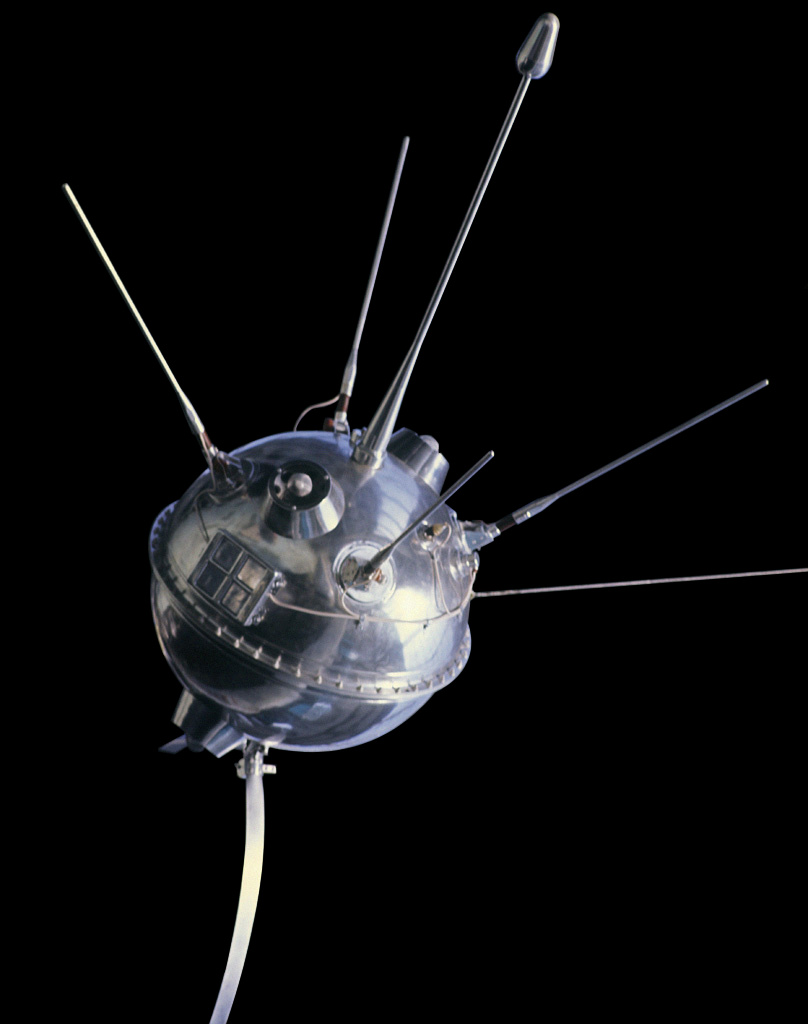
The first three attempts to reach the Moon ended in the first minutes of the flight due to the fact that the rockets exploded or fell into the taiga. Only the fourth spacecraft in January 1959, then named Luna-1, flew to our natural moon without hitting it. So it was not such an easy task.
After that, there was another spacecraft that never managed to go beyond the earth’s atmosphere, and only on the sixth attempt it managed to get into the Moon. In the Soviet Union, they were quite deservedly proud that it was their “Luna-2” that became the first artificial object to reach another celestial body.
The Soviet Union used the technology of “giving numbers only to successful launches” more or less constantly throughout the entire Luna program. For example, Luna-16, which brought samples of lunar soil to Earth, was already the fourth spacecraft of an identical design to which this mission was assigned. Three others crashed and remained in history only under incomprehensible designations.
Lunokhod 3
In August 1976, the USSR completed the next mission of its lunar program called Luna-24. The country was not going to stop the research of our moon, and the lunar rover “Lunokhod 3” was supposed to be the next. The mission, if successful, would have to be called Luna-25. However, circumstances changed then.
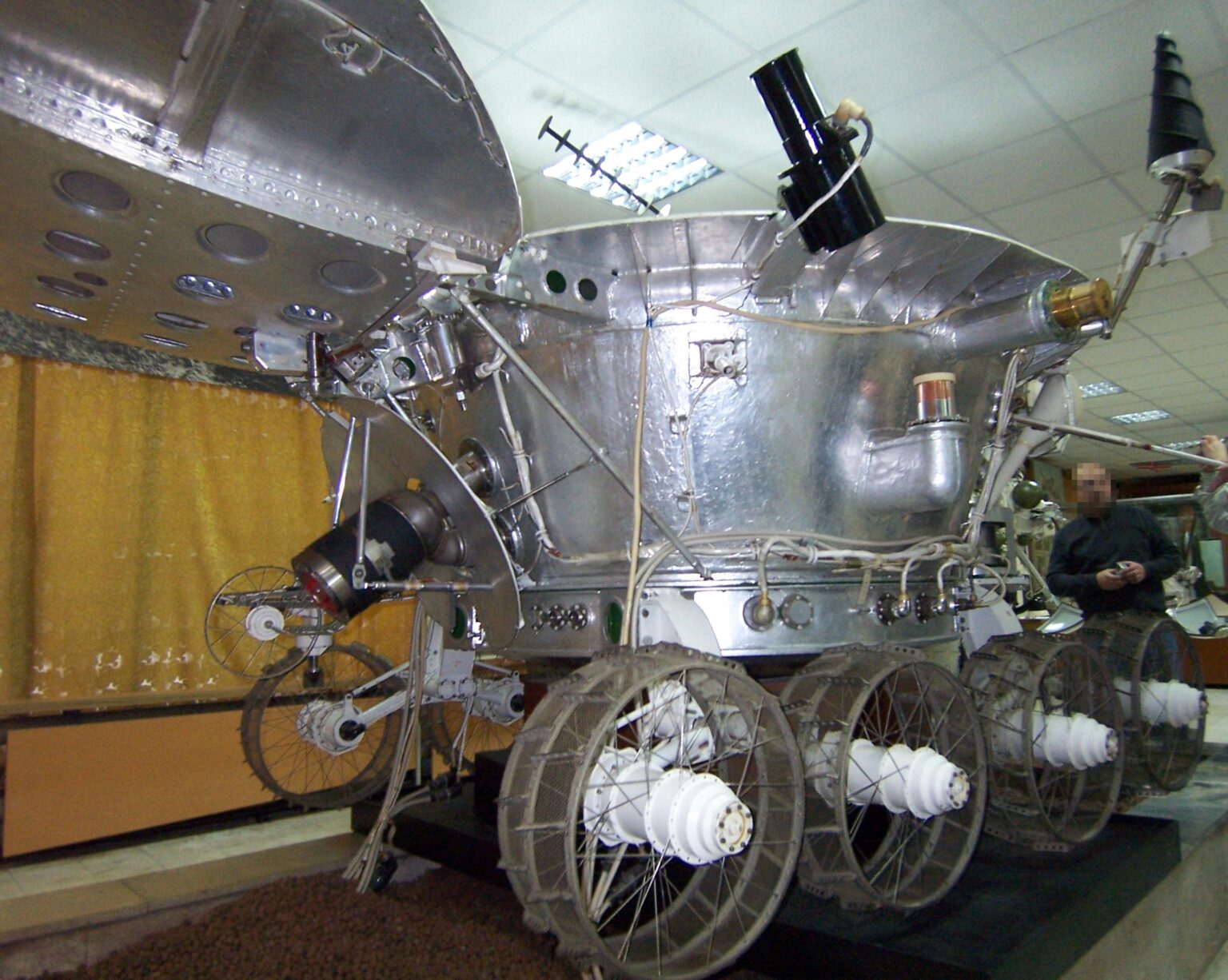
The designers of Lunokhod-3 had already manufactured it and set a launch date for 1977, but it turned out that the Soviet Union simply did not have enough Proton-K carriers that were used for this. The USSR was actively launching Salyut space stations and communication satellites, and they were more priority.
Lunokhod-3 had to get to the museum without taking off into space, and the Luna program was curtailed. The USSR and the USA were carried away by the development of the Earth’s orbit.
Project Recovery
The fact that the USSR once launched probes to the Moon and that “it can be repeated” in Russia was talked about in 1997. What exactly was going to be launched towards the moon at that time, for what purpose, and under what name? No one remembers now. The Russian space industry then felt perfectly well that it could not cope without cooperation with former enemies and was engaged in the manufacture of modules for the International Space Station, from which it is now threatening to leave.
It was clear that it was unrealistic to realize a flight to the Moon in 2000, and this program was closed. For some time, its authors tried to implement cooperation first with the Japanese, and then with the Indians, but they did not achieve anything.
The project was implemented in 2005. The country had a not-so-new, but still quite young leader who promised incredible economic growth and the return of all the lost greatness. Therefore, the program, which was called “Luna-Glob” was really global. According to it, a whole network of seismic stations was to be deployed on the Moon, which would track all the falls of large meteorites and processes that could occur inside our moon.
However, it quickly became clear that this was too ambitious a project and it was revised in the direction of simplification. At first, they talked about the implementation of the idea with the lunar rover, then about the return of samples (which was a repetition of the stages passed), and finally settled on confirming the presence of water in the form of ice on the Moon. It was necessary for the future construction of the lunar base.

Patriot operator: What if we try… (presses the start button)
Roscosmos: Control of the spacecraft is lost, it crashed into the Moon
Patriot operator:
At the same time, the project developers pretended that the Russian industry could, like the Soviet one, throw out the moon with pieces of iron in any quantities, and the project would be implemented in a few years.
However, times have changed. Russia could build spacecraft exclusively using foreign components. Therefore, the spacecraft had to be one, but with the maximum guaranteed success. In 2008, it was believed that Luna-Glob would be on the moon in 2010.
In fact, the construction of this spacecraft did not begin, and in 2009, the American Lunar Reconnaissance Orbiter proved that there was water in the lunar regolith, having actually completed the task that was just going to be assigned to Luna-Glob and for the implementation of which considerable funds had been allocated for several years.
However, Russian engineers without doubt considered themselves descendants of the Soviets. Therefore, they decided that even if the presence of water on the Moon was proven, the form of the compounds it contained was unknown. Therefore, it was too early to hide the Luna-Glob project. It just needed other equipment, meaning even more money. The start was postponed to 2012, and then to 2013.
Phobos-Grunt
Meanwhile, in 2011, another ambitious project of Russia, which was still trying to get up from its knees, Phobos-Grunt, was to start. It had a lot in common with Luna-Glob and many viewed it as a rehearsal for Russia’s return to the Moon.
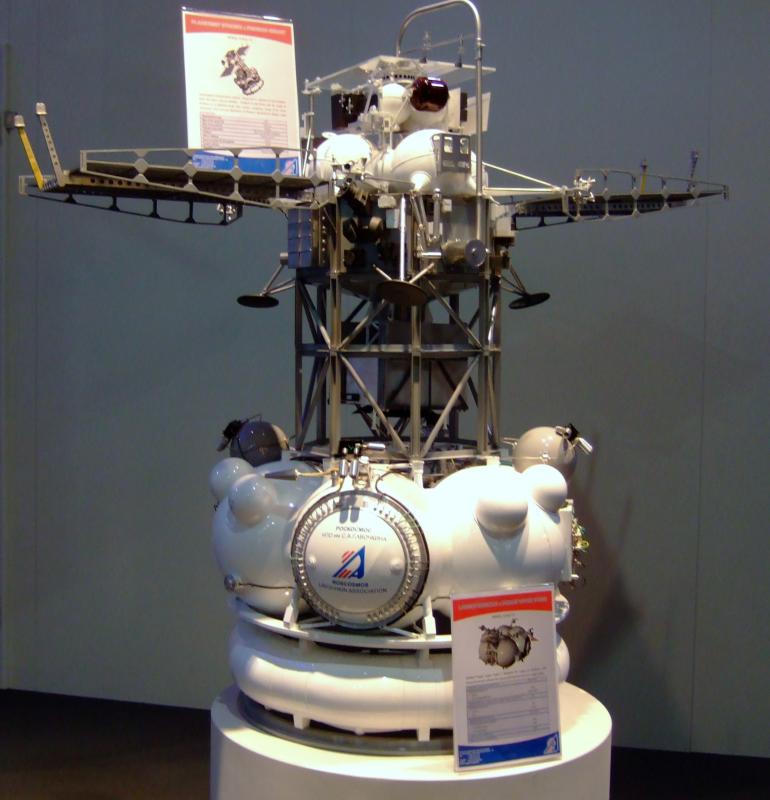
However, Phobos-Grunt continued the glorious traditions of Soviet space stations and fell into the ocean. This caused considerable panic among the designers of Luna-Glob, because the systems that were planned to be used on it turned out to be unreliable. Everything had to be redone. In particular, the on-board computer was replaced and the number of equipment on board was reduced.
The year 2013 came. The project management decided that it should better correspond to the spirit of the restoration of the USSR, which reigned in Russia at that time, and changed its name to Luna-25, as if emphasizing that this was a continuation of the program approved by some other plenum of the CPSU Central Committee.
However, they did not hesitate to conclude a contract with the state as for a completely new development. Because greatness is greatness, and money is money. The mission to launch Lunokhod-3 was quietly renamed Luna-25A so that no one would suspect that something like this had already happened.
At the same time, it was announced that the main goal of the mission was to work out a soft landing. From the flagship of the Russian space program, Luna-25 essentially turned into a training mission.
In the same 2013, it turned out that the Soyuz-2 spacecraft, which had been developed throughout the 2000s, could not deliver Luna-25 to the Moon. The fact that it turned out after 8 years of development of the spacecraft did not surprise anyone.
Zenit was founded to replace a completely new Soyuz in October 2013. The fact that it was produced in Ukraine, where anti-Russian sentiments were becoming stronger, did not interest anyone. The launch of Luna-25 was not supposed to take place until 2016, anyway.
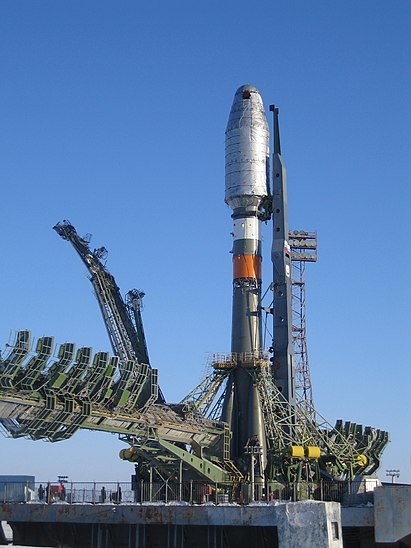
Under sanctions
And then the Revolution of Dignity took place in Ukraine, Russia did not like it and tried to seize a piece of the territory of the states, which it continued to call “fraternal”. Sanctions were imposed against the aggressor and the most interesting thing began.
It turned out that there were not enough Western components for the Luna-25 spacecraft, which were once again starting to be reassembled. However, Russia more than ever wanted to get up from its knees and show something to the world. Therefore, engineers began to conjure up “import substitution”, India was asked to provide a rocket, and it kind of agreed. In 2017, it was once again announced that in two years, despite all the sanctions, Luna-25 would launch and Russia would return to the Moon. However, in 2018, it became clear that the development of the spacecraft would be delayed until 2021, and India withdrew from the project, giving up on such an unreliable partner.
The Russians had to return to the idea of using the same Soyuz-2, which they had rejected a few years before. Its new version allegedly met all the requirements. However, later, the project had to be finalized again, and in the end, the launch was postponed to 2022.
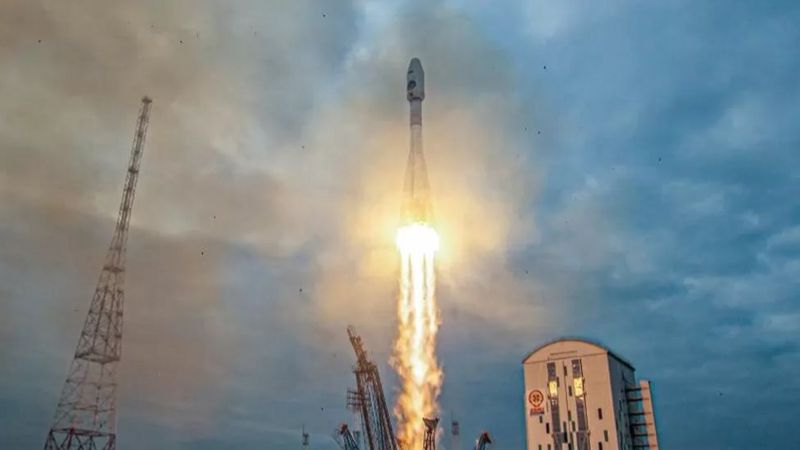
Perhaps the launch was and managed to be carried out on time, but the same president of Russia (no longer so young, but still ambitious) decided that there was not enough greatness in his body and tried to capture Kyiv in three days.
As a result, new sanctions were imposed against Russia, and Luna-25 was left without the European Pilot-D camera, which was to be used as the main navigation tool not only in this mission, but also in the upcoming Luna-27.
At first, Russia tried to demonstrate greatness and said that it would still launch Luna-25 on August 22, the 46th anniversary of the return of Luna-24 to earth. However, they failed to develop their own camera under sanctions, and in the end, the launch was postponed again.
Consequences of the failed launch
In fact, of all the achievements of the Soviet Union, Russia managed to adopt from the Luna-25 only the habit of implementing large-scale projects for some anniversaries. They eventually launched it in such a way that it landed on the Moon a few hours before the 47th anniversary of the return of the same Luna-24.
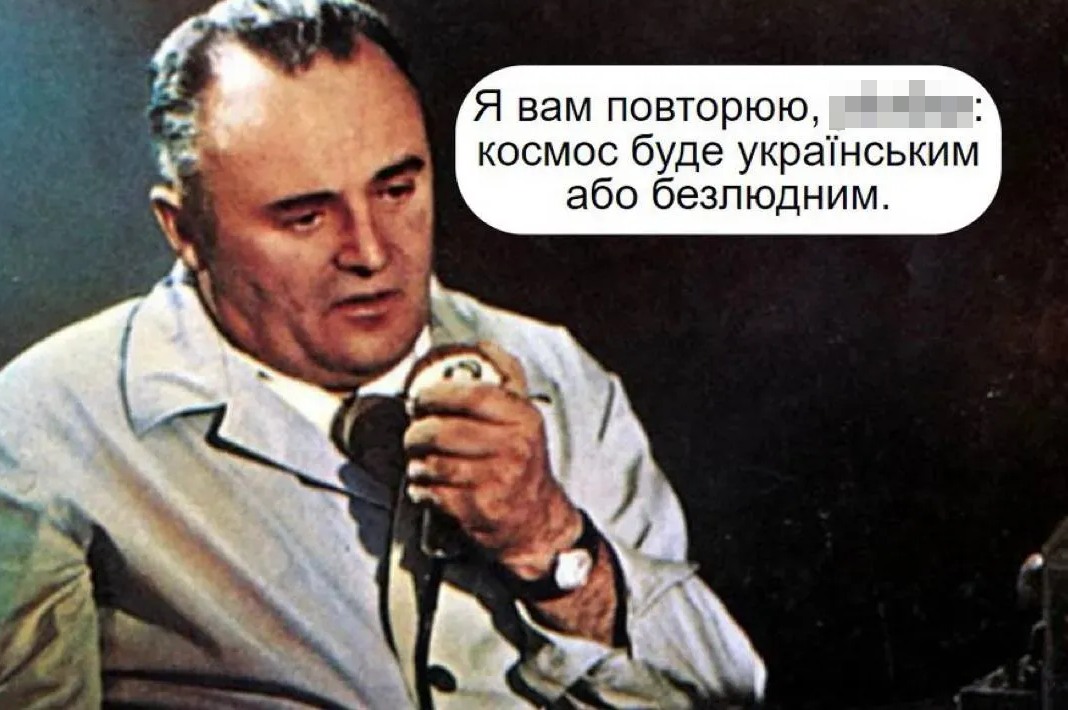
It is not surprising that Russian propagandists covered the flight of this probe, not so outstanding by modern standards, as an incredible victory that Russia received even under sanctions. However, the advantage could not be demonstrated and the station crashed into the Moon.
What the Russians are hoping for now has finally become unclear. After all, the main goal of the mission was to work out a soft landing for use in the flights of the following vehicles. But even such a simple thing, modern Russia cannot repeat. Perhaps its engineers should return to something simpler. For example, it is possible to just try to get into the moon with their spacecraft, as Luna-2 did. Perhaps this time they will be able to do it faster than on the sixth attempt.
Follow us on Twitter to get the most interesting space news in time
https://twitter.com/ust_magazine

